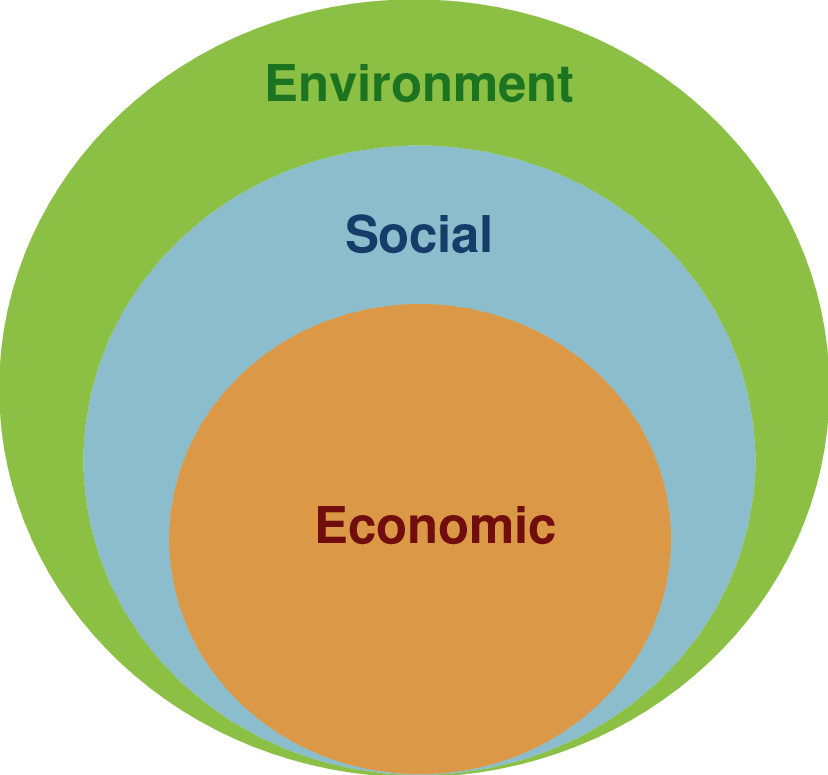The Urban Livability Think Tank is a research and analytical entity on cities national and regional livability issues and produces policy-making and planning recommendations to address these issues.
The urban physical body in locating buildings through gray infrastructure form (food and energy supply and distribution system, IT, water and sewage, transportation, waste) needs to have a blue-green infrastructure to be a livable city. Blue-green infrastructure is the main factor of urban sustainable development. Blue-green infrastructure means introduction and legibility of environmental features and its protection in order to provide necessary support for sustainability in urban development and desirability of citizenship life. Depending on the geographical characteristics of each region, blue-green infrastructure has a different face, but in general it can be pointed out to “the city’s relationship with catchment areas, city water-wise, urban water recreation, Eco-revelatory, water-based urban design and … “. Therefore, the Urban Livability Think Tank (ULT) was established by in 1398 in order to meet the social and environmental responsibilities to build necessary capacity in social movement towards urban livability.
Mission
Social capacity building to solve issues that threaten the possibility of urban living; in a way that leads to necessary grounding for moving to identify the path to sustainable urban development.
Target
The strategic goals of the Urban Livability Think Tank (ULT) in order to succeed in its mission are as follows:
- The design and development of cities is based on territorial geography. In such a way that in planning stage, characteristics of social behavior and environmental potential in form of do’s and don’ts, ability and limitations of interaction with region are identified and be the basis of action in design and proceeding stage.
- Identifying deviation from the extension approach of existing cities from the Livability standards and approach of re-reading development path to be achieved in order to restore stability in social and economic activities in territorial geography.
Vision
An effective institution for capacity building in policy makers and the general public to make informed decisions in planning, designing and acting for urban development; In such a way that legacy to the next generations is not threatened for possibility of living in territorial geography.
Statement
Urbanization in region over the past half century has not realized the geography of the region (characteristics and capacities) and now extension of cities is in opposition to their territorial characteristics. This contrast is such that loading through city has exceeded the threshold of region tolerance and urban livability as a human settlement has overshadowed.

“In sustainable development, all economic activities take place in the context of social justice in a way that ensures that ecosystems remain undamaged over time.”
According to the sustainable development pattern, if the “social behaviors” of the region’s inhabitants follow their environmental characteristics, social circles and economic mechanisms governing them, will be formed in accordance with the environment. In a way that the process of region development is carried out in a sustainable framework, society and the economy also benefit from environmental protection umbrellas. But the formation of social behaviors without territorial connections contrasts urbanization and the resulting modernity with the environment. The economic and political mechanisms of such a society are not in harmony with the environment mechanisms and ultimately lead to a trade-off between the environment and the artificial environment (anthroposphere). Evidence shows that the modernization of the region’s cities over the past half century has taken place without coordination and modeling of its territorial and environmental mechanisms. As we are currently witnessing a direct confrontation between the expansion of economic mechanisms of cities and the environment of this region; that its result is a threat to urban livability for citizens.

